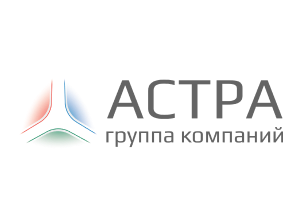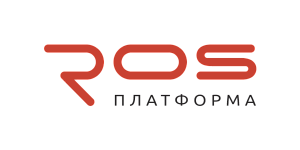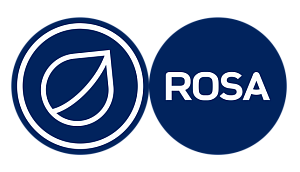Solution Delta Computers
Hardware and software solutions
- Cloud solutions
- Storage
- VDI (Virtual Desktop Infrastructure)
- Virtualization
- Back-up
- SIEM
- Business Intelligence
Cloud solutions
A technology stack for provisioning a shared pool of computing assets (e.g., data networks, servers, data storage systems, applications, and services, either in combination or individually) over a network. Cloud computing significantly reduces costs for IT infrastructure due to elasticity, i.e., the ability to respond dynamically to workload through optimal resource reallocation.
Technology partners:



Storage
SDS - The flexible software-based storage system The underlying principle is that the storage software is separated from the hardware, which allows for greater scalability and better management of the infrastructure according to current business needs, thus significantly reducing the cost of data storage.
Technology partners:

VDI (Virtual Desktop Infrastructure)
With VDI, you can treat virtual machines hosted on a server infrastructure as employees' remote workstations that can be accessed securely from any personal computer system. VDI benefits: Centralized management of users' IT infrastructure Optimization of IT infrastructure maintenance costs Security of applications and user services Quick deployment of new workplaces
Technology partners:






Virtualization
A technology stack for provisioning a shared pool of computing assets (e.g., data networks, servers, data storage systems, applications, and services, either in combination or individually) over a network. Cloud computing significantly reduces costs for IT infrastructure due to elasticity, i.e., the ability to respond dynamically to workload through optimal resource reallocation.
Technology partners:






Back-up
The hardware and software backup solution allows you to back up your data for future recovery and access at the original or new location in the event of damage or loss.
Back-up benefits:
- Minimum risk of data loss
- Data security
- Data management and analysis
- Resource allocation capability
- Improved fault tolerance
Technology partners:


SIEM
SIEM (Security information and event management) integrates Security Information Management (SIM) and Security Event Management (SEM) systems into a single security management system. SIEM technology provides a real-time analysis of security events (alarms) originating from network devices and applications and allows you to respond before any damage to the client's infrastructure.
SIEM solutions can collect input data from anti-virus software, authentication and authorization systems, firewalls, network equipment, server and workstation logs.
SIEM enables you to address the following tasks:
• collection, processing and analysis of security events from multiple sources,
• real-time detection of attacks and security policy violations,
• prompt security assessment for information, communication and other critical resources,
• analysis and management of security risks,
• incident investigations,
• making effective decisions on information protection, and
• reporting.
Technology partners:
.png)
Business Intelligence
A set of technologies and tools to simplify the collection, analysis and processing of business data. BI addresses the issues related to the collection and consolidation of raw data from different sources in a single interface, the analysis and systematization of large amounts of data, and simplifies decision-making.
Technology partners:

Additional services


